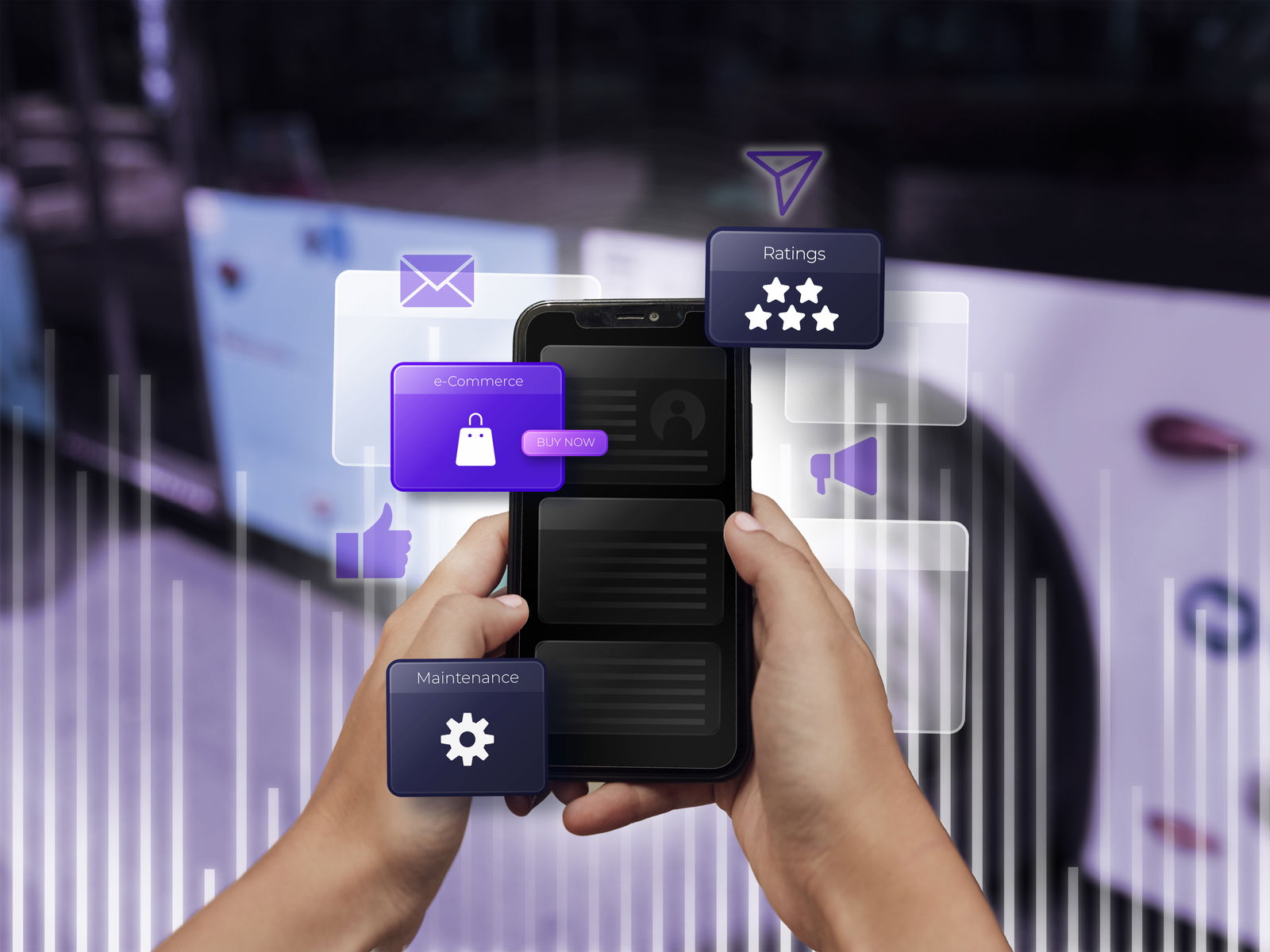
Clients — the heart of any company and, at the same time, its greatest concern. Getting one of them to want to work with our services can be a titanic task that demands a lot of time from the sales team, and in the end, no deal may be closed. That’s why automating lead management should be on the current roadmap — and it’s important to know how to do it.
When dealing with a potential client, it’s a delicate process. You need to understand their needs, make them feel properly attended to, and subtly convince them that your services are the solution they’re looking for.
Why automate lead generation?
When applied correctly, marketing automation enables specific actions to be triggered based on behavior, segmentation, and real-time data. This is key for both B2C and B2B marketing automation scenarios. The advantages are clear:
- Companies that use marketing automation report up to 45% more pipeline compared to those that don’t.
- Good process and data integration can lead to more than 200% growth in the number of leads generated. For example, in a SmartBear case study, the organization increased its leads by 200% after implementing marketing automation.
- When lead generation is automated, the sales team can focus more on closing deals than finding new contacts, which boosts productivity.
Automating lead generation means setting up automatic flows — from the form submission, through segmentation, to delivery to the sales team or lead nurturing. It’s not just about “activating an email”: it’s about creating a sustainable engine for capturing and qualifying leads.

Key steps to correctly automate lead generation
Clearly define your ideal client and behavioral triggers
Before automating, you need to know who your ideal lead is (ideal customer profile, ICP) and what specific actions will trigger the automated flow. In B2B environments, for instance, you can assign points based on job title, company size, industry, and digital behaviors (e.g., downloading resources, visiting the pricing page).
Automated lead capture
Automation should start at the capture point: dynamic forms, personalized landing pages, and chatbots that interact with users (in both B2C and B2B). Once the user takes an action, that lead automatically enters the system.
Lead nurturing and automatic scoring
Not every lead is ready for a direct sales call. This is where automated nurturing comes in: segmented emails, content workflows, and multiple touchpoints before handing off to the sales team. This improves both lead quality and user experience. A study cited by Business 2 Community indicates that companies that nurture leads with automation get up to 451% more qualified leads.
Integration with CRM and handoff to the sales team
Automating lead generation doesn’t end with capture or nurturing: it’s essential that the flow connects with the CRM (or sales system) so that qualified leads are delivered to the sales team at the right time. Integration is key for maintaining visibility, tracking, and metrics. In a hypothetical case such as Managed Maintenance Inc., synchronized automation and CRM technology led to a 75% increase in lead generation.
Measurement, analysis, and continuous optimization
Once implemented, the automated lead generation system must measure key KPIs: cost per lead, conversion rate, lead-to-opportunity ratio, delivery speed, and lead quality. This allows the process to be optimized based on real data and enables adjustments to workflows, segmentation, and content.
A lead that’s properly registered in a short time allows the marketing and sales teams to focus on creating new strategies to convert them, while also developing new communication channels. If you need to automate this task, at Rootstack we have a dedicated team ready to help you through this process. Contact us and let’s start working together.
We recommend this video

